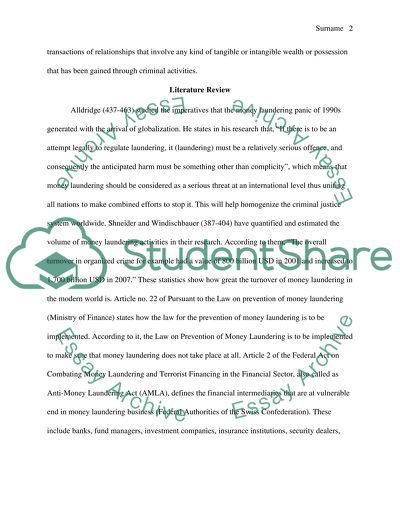Cite this document
(“Money Laundering Term Paper Example | Topics and Well Written Essays - 1750 words”, n.d.)
Retrieved from https://studentshare.org/law/1439572-money-laundering
Retrieved from https://studentshare.org/law/1439572-money-laundering
(Money Laundering Term Paper Example | Topics and Well Written Essays - 1750 Words)
https://studentshare.org/law/1439572-money-laundering.
https://studentshare.org/law/1439572-money-laundering.
“Money Laundering Term Paper Example | Topics and Well Written Essays - 1750 Words”, n.d. https://studentshare.org/law/1439572-money-laundering.


